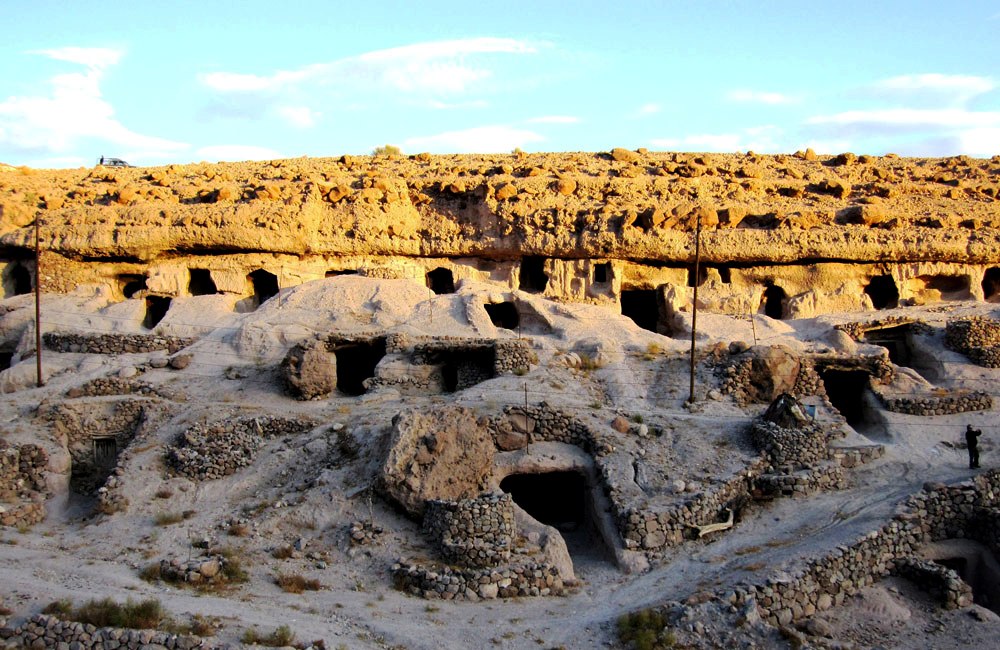Having a historical site inscribed on the UNESCO World Heritage List not only attracts global attention, but also it also helps draw investors, both of which can only be beneficial for the tourism industry, said director of World Heritage Affairs Office at Iran’s Cultural Heritage, Handicrafts and Tourism Organization, Farhad Azizi.
UNESCO-listed status improves and optimizes eight categories in various ways, he told Mehr News Agency: scientific and practical participation, social capital, national pride, financial support and donations plus specific grants and loans, preservation and restoration, education and reviewing and improving tourism’s policies.
He said world heritage sites prompt officials to double their efforts to preserve and monitor such sites via special programs devised by experts. Those in charge of a site’s preservation and safekeeping must attend special courses to become qualified for the task at hand.
“Promotion of UNESCO sites helps raise public awareness, domestically and internationally, which is an advantage leading to global tourism growth,” Azizi said. “As a result, the economy benefits.”
He pointed to the advantages of being a member country of the World Heritage Convention, citing collaboration and financial support as examples.
Areas of collaboration include exchanging ideas and experience, sending experts to the sites, supplying unavailable equipment and lending low interest long-term loans. The World Heritage International Fund grants loans from membership fees and donations. The fund even offers ex-gratia loans in certain cases.


